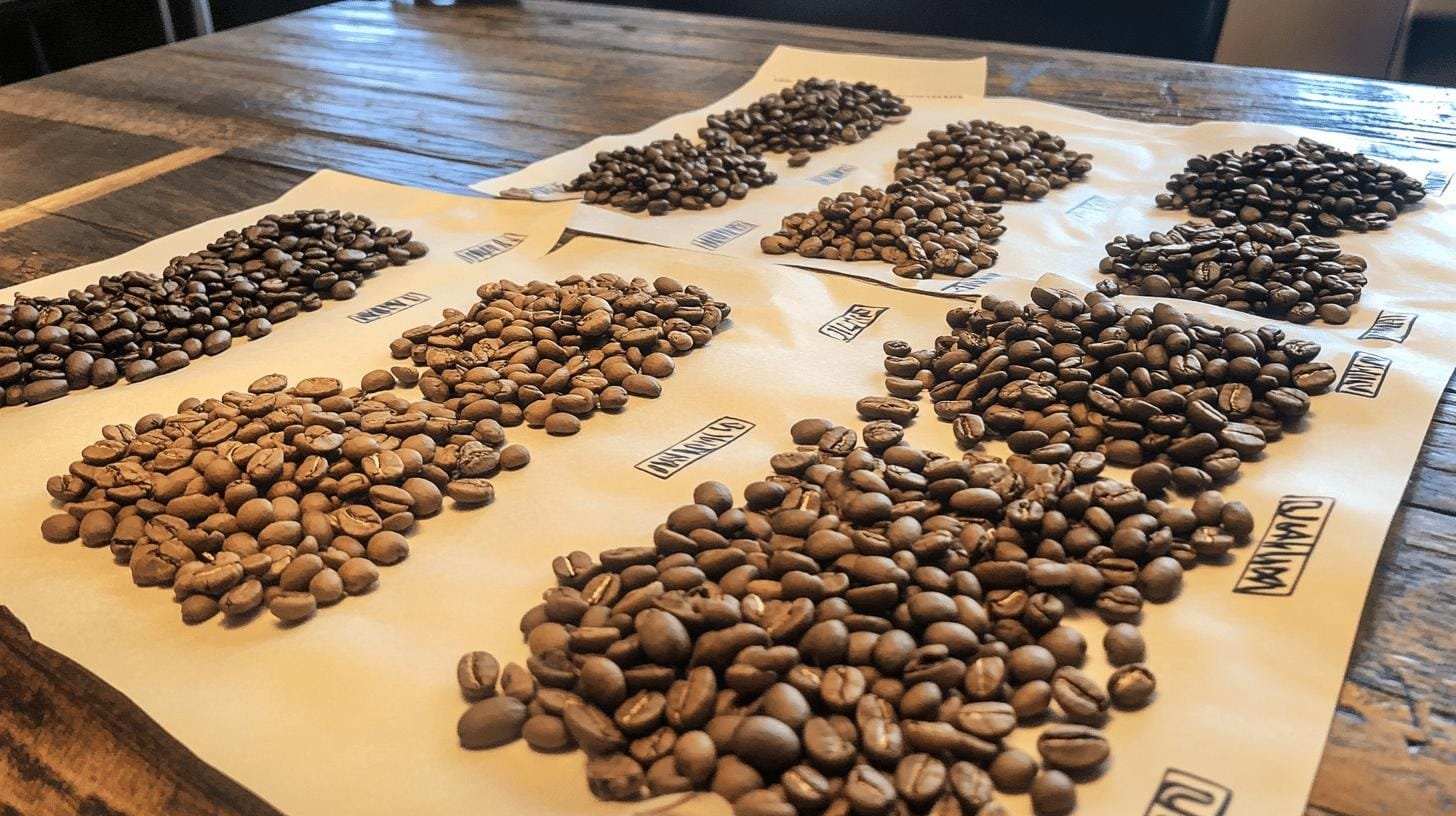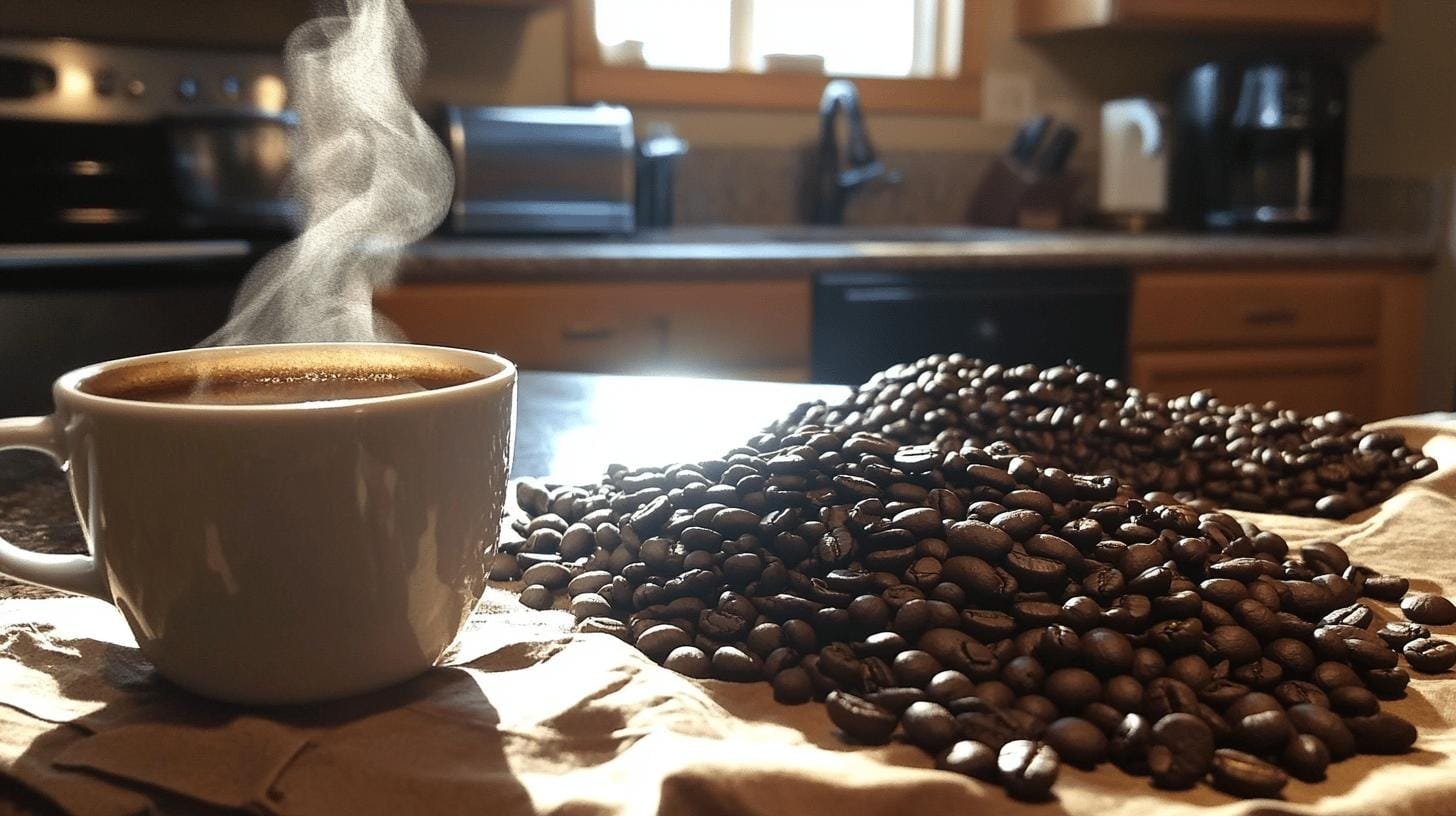
Artisanal Rituals for a Memorable Customer Experience
How can brands create a more balanced and memorable customer experience by blending artisanal product quality with thoughtful everyday rituals that keep people coming back?

Are you tired of the same monotonous coffee taste? It’s time to venture into the dynamic world of coffee blends and experience an array of unique flavor profiles that will tantalize your palate. Coffee blends are expertly crafted combinations of beans from different regions, skillfully designed to deliver consistent and delightful flavors.
Unlike single-origin coffees that spotlight specific bean characteristics, blends allow for a symphony of flavors, creating signature drinks without the need for flavor additives. In this article, uncover the fascinating types of coffee blends and how they can elevate your coffee experience to unprecedented levels of satisfaction.
Coffee blends are strategic mixtures of beans from different origins like countries, farms, or producers. The main goal of these blends is to create unique and consistent flavor profiles. This approach allows for a desired taste experience, balancing the nuances present in beans from different regions.
Single-origin coffees, on the other hand, come from one specific spot, offering a flavor tied to that region’s unique traits. While single-origin beans highlight terroir and specific growing conditions, blends focus on a balanced, uniform taste.
Blending plays a crucial role in ensuring consistent flavors, especially for coffee brands and large chains needing uniformity. By mixing beans from various origins, taste fluctuations due to seasonal variations or environmental factors can be minimized. This consistency allows for the creation of signature drinks that consumers rely on, offering a stable, predictable flavor experience.

Popular coffee blends excel at delivering consistent, enjoyable flavors. These blends mix beans from multiple origins, providing a balanced taste that appeals to many coffee lovers. Their versatility makes them staples in both home brewing and cafés, where consistency and flavor are key.
These popular blends are crafted for various brewing methods, enhancing the coffee experience. For instance, the Breakfast blend’s acidity shines in pour-over methods, while the 700 blend’s richness is ideal for espresso machines. Blends like Cafe Kaldi work well in both French press and drip brewing, ensuring a satisfying cup regardless of the method.
The appeal of these types of coffee blends lies in their ability to cater to different taste preferences.
Creating custom coffee blends at home gives you control over flavor and freshness, tailoring your brew to personal tastes. By blending beans from various origins, regions, or altitudes, you can achieve unique flavor profiles that commercial blends may not offer.
Home-roasting enhances this process, allowing precise adjustments in blending ratios and roasting levels to suit preferences. This method ensures the freshest cup and provides a creative outlet for coffee exploration.
It’s crucial to note personal taste preferences when crafting coffee blends at home. By adjusting blends based on these preferences, you can refine your creations over time, leading to a more satisfying and personalized coffee experience.

Arabica and Robusta beans are often blended to balance flavor and caffeine. Arabica beans are known for superior flavor, with a smooth and nuanced taste. Robusta beans contribute higher caffeine and a robust, earthy profile. This combination leverages the strengths of each bean type, resulting in a flavorful, invigorating blend.
Arabica beans account for 56% of global production, favored for intricate flavors and lower acidity. They often taste sweeter, softer, with hints of fruit and sugar, ideal for a delicate cup.
In contrast, Robusta beans have a stronger, more bitter flavor and noticeable aftertaste, with twice the caffeine. This makes them ideal where a caffeine kick is desired, like in espresso and instant coffee.
| Blend Type | Flavor Profile | Caffeine Content |
|---|---|---|
| Arabica Dominant | Smooth, sweet, fruity | Moderate |
| Robusta Dominant | Strong, bitter, earthy | High |
| Balanced Blend | Rich, complex, robust | Moderate to High |
These types of coffee blends cater to various preferences, allowing customization based on desired flavor intensity and caffeine strength.
Espresso blends are key to coffee culture, embodying the art and precision needed for a harmonious shot. These blends are crafted to suit espresso brewing methods, combining various beans to achieve a balanced, robust flavor profile.
The distinctiveness of espresso blends lies in their roasting process and flavor composition. Unlike standard blends, espresso blends often roast to a degree that enhances richness and complexity. This roasting ensures a full-bodied flavor that stands up to the high-pressure brewing of espresso machines, resulting in a concentrated, flavorful shot that highlights unique characteristics, setting it apart from other coffee methods.
The versatility of espresso blends goes beyond the traditional shot. They form the foundation for a range of coffee drinks, from cappuccinos and lattes to macchiatos and Americanos. This adaptability allows enthusiasts to explore a wide range of flavors and textures, making espresso blends essential in any coffee repertoire.
Exploring various types of coffee blends opens a world of unique flavors, satisfying diverse taste preferences. From popular blends like Breakfast and Haya to crafting personal blends at home, each offers distinct advantages and customization opportunities.
Blending coffee, especially with Arabica and Robusta, plays a crucial role in balancing flavor and caffeine, catering to individual preferences.
Mastering espresso blends further enhances this journey, offering rich, balanced experiences for any coffee enthusiast. Embracing the different types of coffee blends elevates the coffee-drinking experience, providing endless enjoyment and discovery.
The most popular coffee blend varies by region, but blends like the Breakfast blend, known for its sweet taste, and the versatile 700 blend are widely recognized. They cater to diverse flavor preferences.
Coffee blends are combinations of beans from various countries or farms, intended to create unique taste profiles for various palates. Popular types include Breakfast, Haya, Cafe Kaldi, and espresso-specific blends.
Coffee blends refer to mixtures of coffee beans from different origins. They are crafted to provide consistent flavors and distinct taste profiles, unlike single-origin coffees, for a unique drinking experience.
Coffee blends use beans from multiple locations to achieve unique flavors and consistency, while single-origin coffees come from one region, offering a less varied but more authentic taste profile.
Creating a coffee blend at home involves selecting beans, experimenting with roast levels, mixing, and recording results to craft unique flavors tailored to personal taste preferences.

How can brands create a more balanced and memorable customer experience by blending artisanal product quality with thoughtful everyday rituals that keep people coming back?

Independent coffee shops have always been about more than caffeine—they’re hubs of creativity, connection, and care. As café culture continues to evolve, new trends are

Introduction Independent cafes win when they feel like the neighborhood’s living room and operate with the discipline of a great kitchen. Below is a quick

Discover how top specialty coffee brands create lasting loyalty through storytelling, sourcing, and community connection. Real tips from 6 industry experts.

Discover the ultimate showdown between two beloved coffee brewing methods: the French press and Chemex. Explore how each technique caters to distinct palates, with the French press delivering bold flavors and the Chemex presenting a bright, clean taste.

Unlock the secrets to brewing the perfect cup of coffee with our comprehensive guide on using a coffee scale. Discover how precise measurements enhance flavor and consistency while eliminating bitterness.

Discover how water temperature plays a vital role in brewing the perfect cup of coffee. This article delves into the ideal temperature range of 195°F to 205°F for optimal flavor extraction, enhancing the enjoyment of high-quality beans.

Discover the world of curated specialty coffee bundles, perfect for enthusiasts seeking quality and craftsmanship. This article explores the benefits of ethically sourced, small-batch beans from brands like Equipoise Coffee, offering diverse flavor profiles that elevate your brewing experience.

Discover the art of manual brewing to elevate your coffee experience! This article explores various techniques like pour-over, French press, and AeroPress, revealing how they enhance flavor and your connection to every cup.